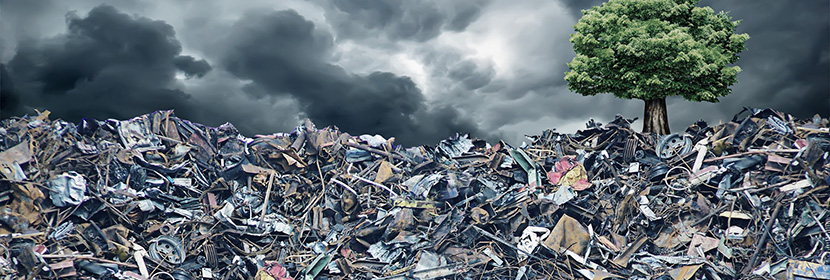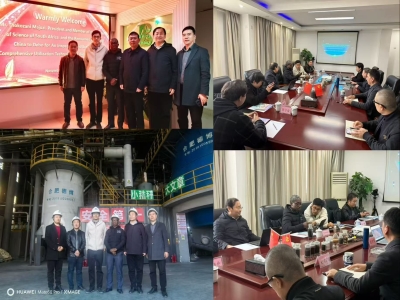Gasification vs Incineration: Which is Better for Waste Management?
Gasification vs Incineration: Key Waste Management Decisions
Waste management is a big challenge for cities. Landfill space is running out, and greenhouse gas emissions are a problem. This article compares gasification and incineration. We look at how they work, their environmental impact, costs, and best uses.
How Gasification and Incineration Work
Gasification turns waste into gas with little oxygen. It happens at 600-1400°C and makes syngas (CO, H2, CO2). Incineration burns waste completely with lots of oxygen at 850-1200°C. Key differences:
- Gasification needs smaller, more even waste pieces
- Incineration makes more ash (25-35% vs 5-15%)
- Gasification plants are smaller (50-300 tons/day vs 300-3000 tons/day)
Environmental Impact
Gasification is usually better for the environment:
- Less greenhouse gas: 0.3-0.7 tons CO2 per ton of waste vs 0.5-1.2 tons
- Less water used (30-50% less)
- Smaller land needed (40% less space)
- Less noise (10-15 dB quieter)
Cost Comparison
Costs depend on plant size and waste type:
- Building cost: $2000-4000 per ton daily for gasification vs $3000-5000 for incineration
- Gasification can sell syngas ($50-80 per ton) and biochar ($20-50 per ton)
- Incineration is cheaper for large plants (over 500 tons/day)
Choosing the Right Method
Consider these factors when choosing:
- Waste type: Gasification works best with over 60% organic material
- Energy needs: Gasification stores
Gasification vs Incineration: Key Differences in Waste Management
How These Technologies Work
Gasification and incineration handle waste differently. Gasification heats waste at 600-1400°C with limited oxygen. This creates syngas (40% CO, 30% H2, 15% CO2) that can be stored and used later. Incineration burns waste completely at 850-1200°C with extra oxygen, making heat and ash immediately.
Main technical differences:- Gasification needs uniform waste sizes, while incineration can handle mixed trash
- Gasification makes tar as a byproduct that needs treatment
- Incineration produces more ash (25-35% of input) than gasification (5-15%)
- Gasification uses less oxygen (0.2-0.5 ratio) than incineration (1.5-2.0)
Environmental Impact Comparison
Data shows gasification has several environmental advantages:
Factor Gasification Incineration CO2 per ton waste 0.3-0.7 tons 0.5-1.2 tons Dioxin control Under 0.1ngTEQ/Nm³ Needs active carbon Water use 30-50% less Higher Gasification also locks 95% of heavy metals in glass-like slag and needs 40% less land.
Cost and Practical Considerations
Building a gasification plant costs $2000-4000 per daily ton capacity, compared to $3000-5000 for incineration. But gasification has higher maintenance costs (15-20% more).
When to choose each technology:- Gasification works best for:
- Smaller operations (under 200 tons/day)
- Waste with over 60% organic material
- Places needing energy storage
- Incineration suits:
- Large cities (over 500 tons/day)
- Areas with district heating systems
- Mature waste streams
New plasma gasification technology may change these choices in coming years.






